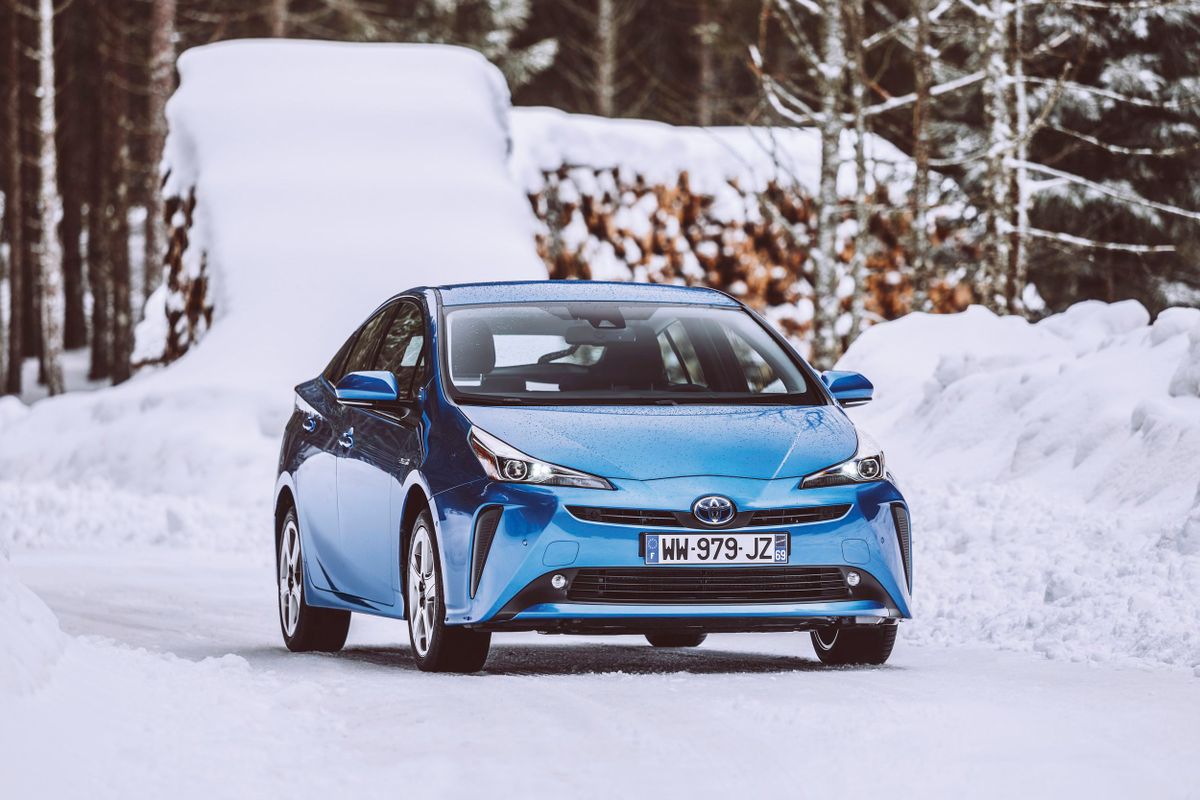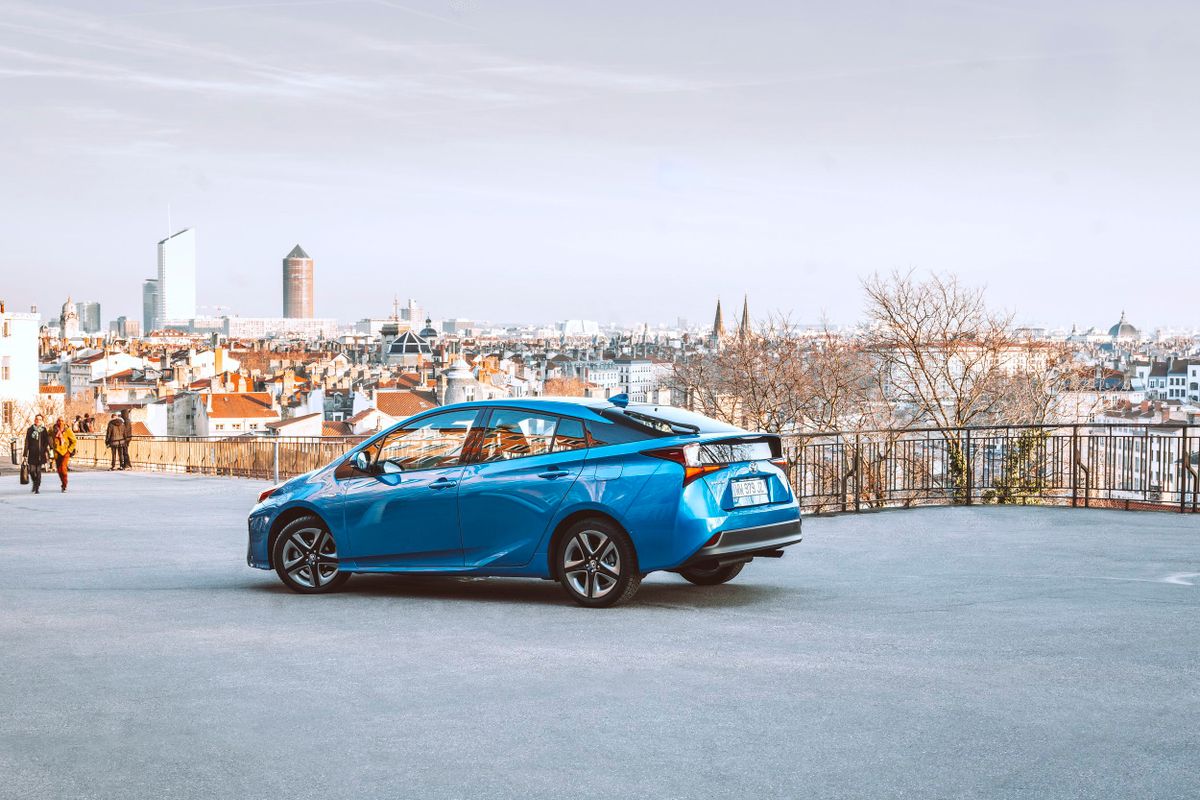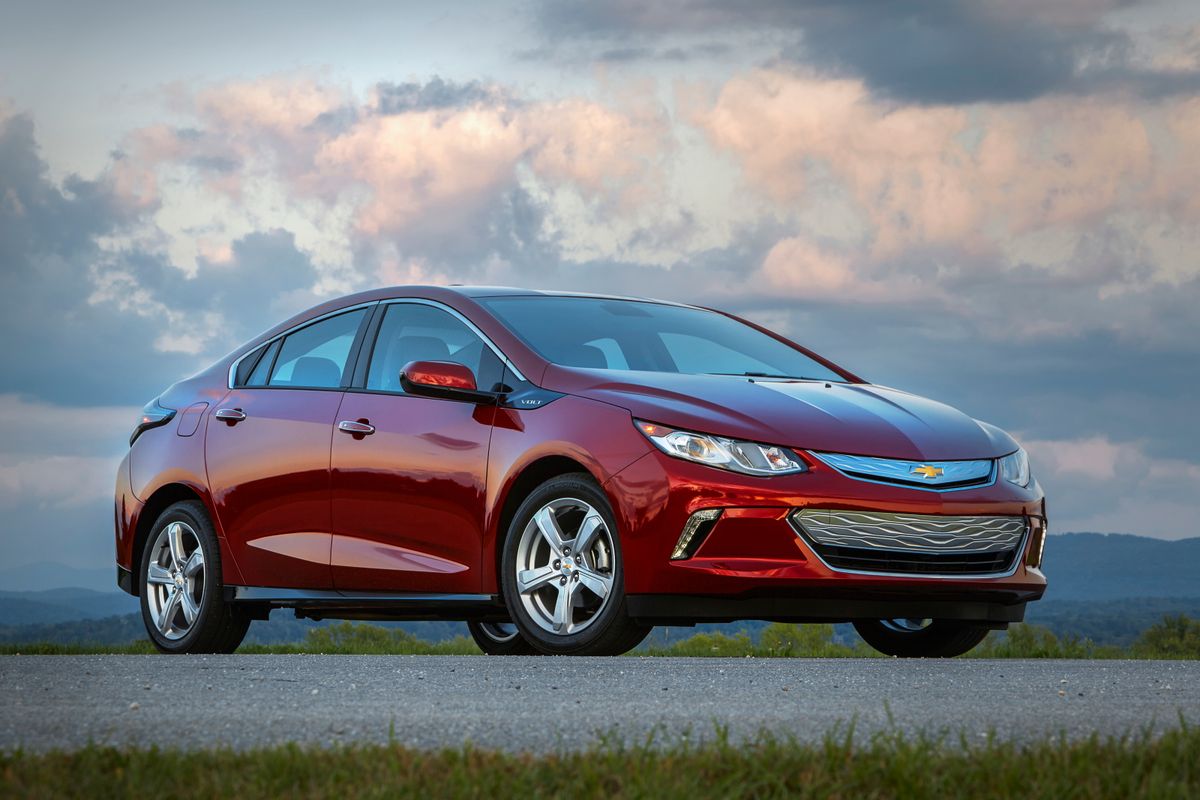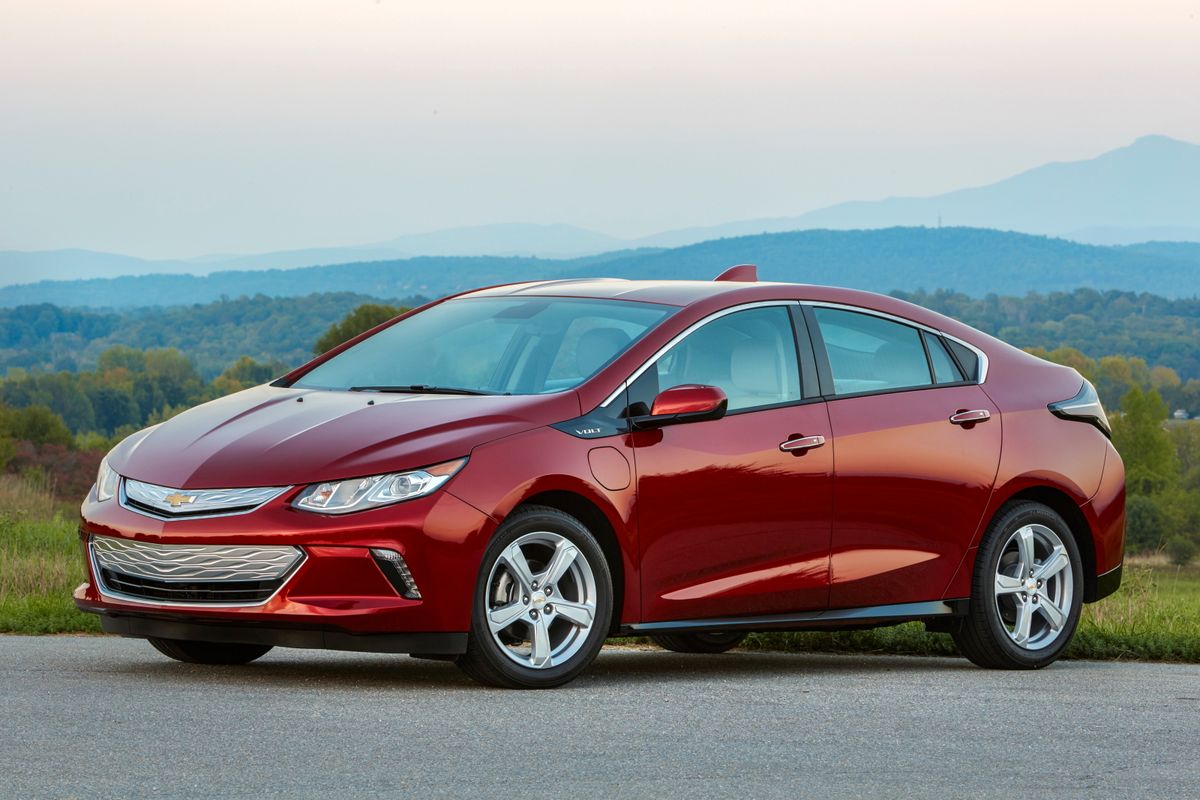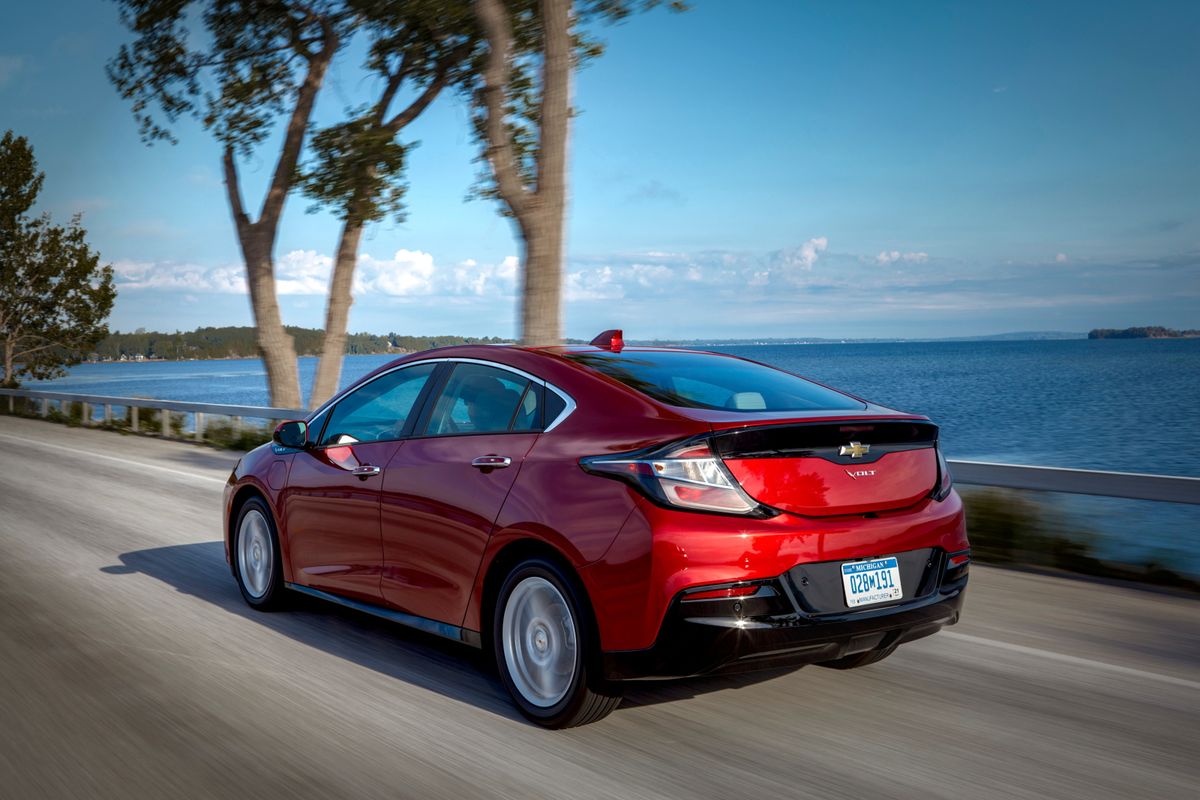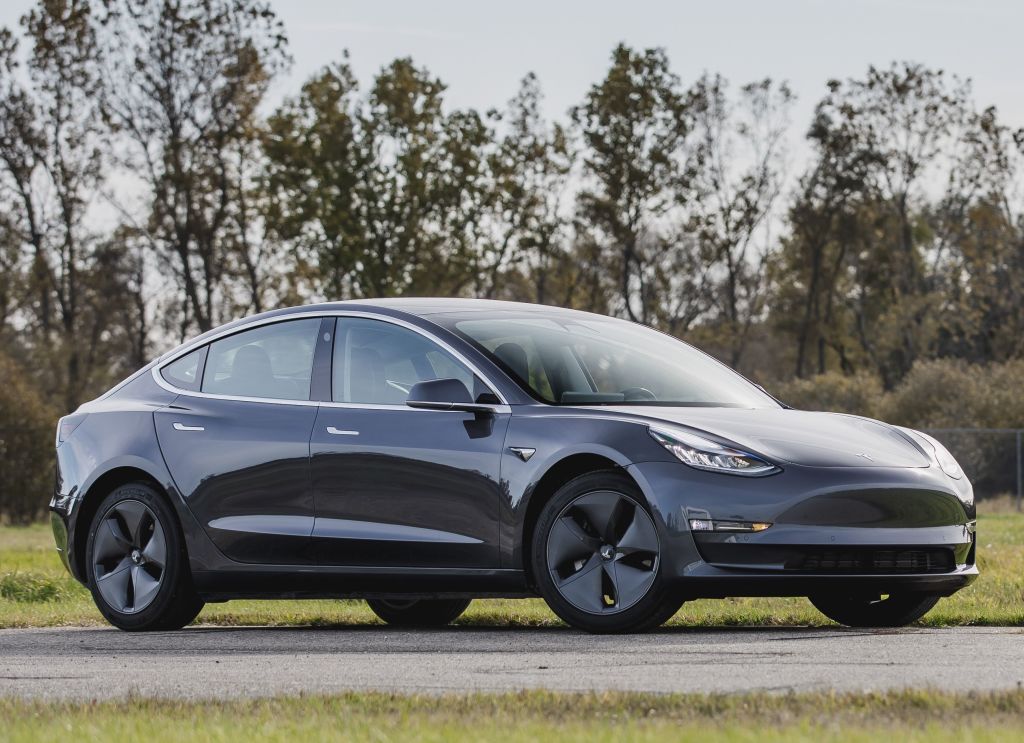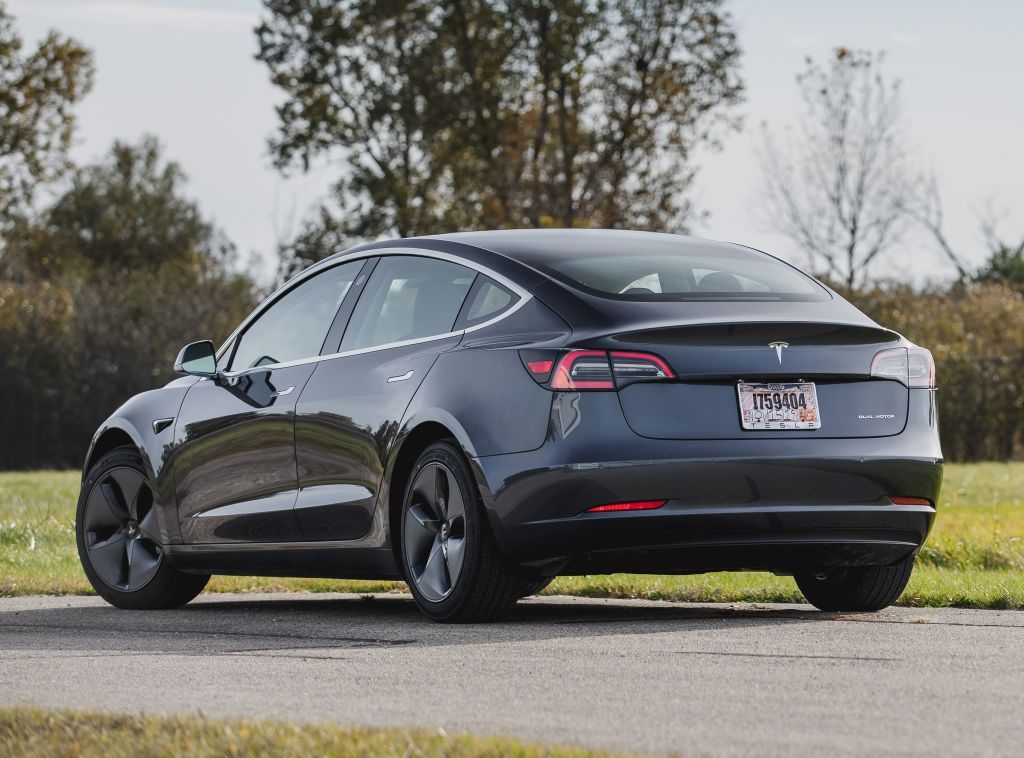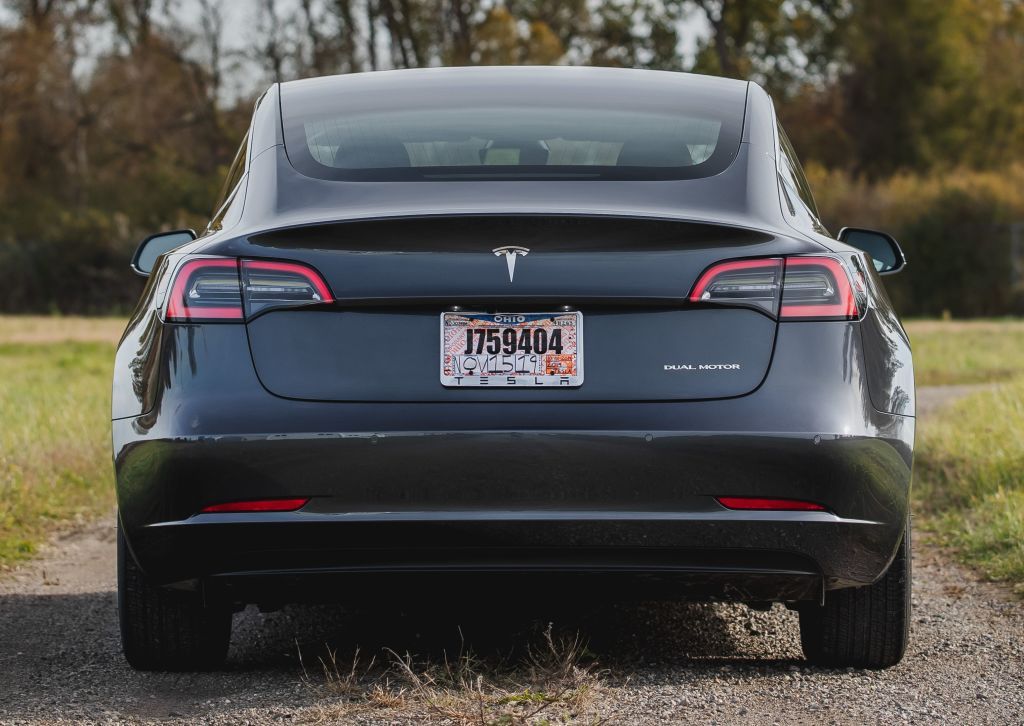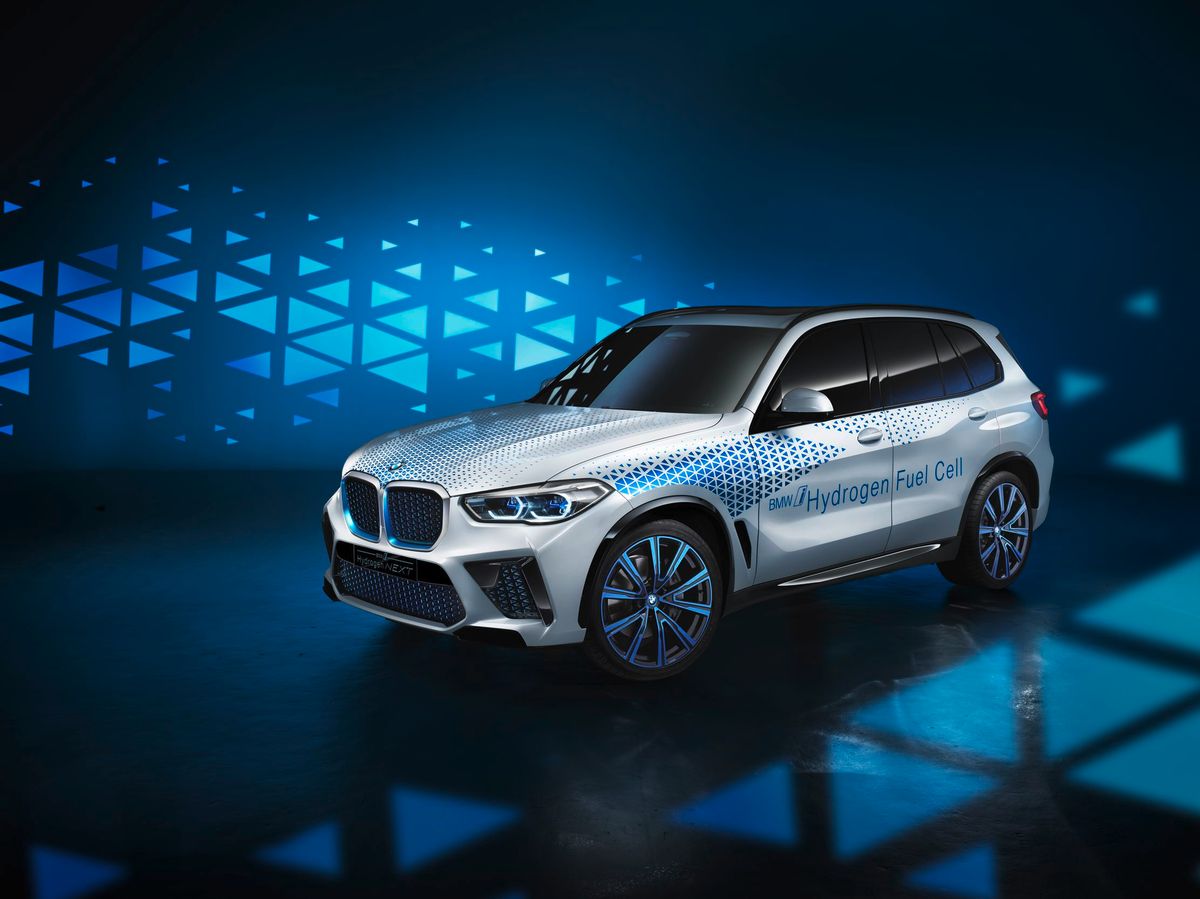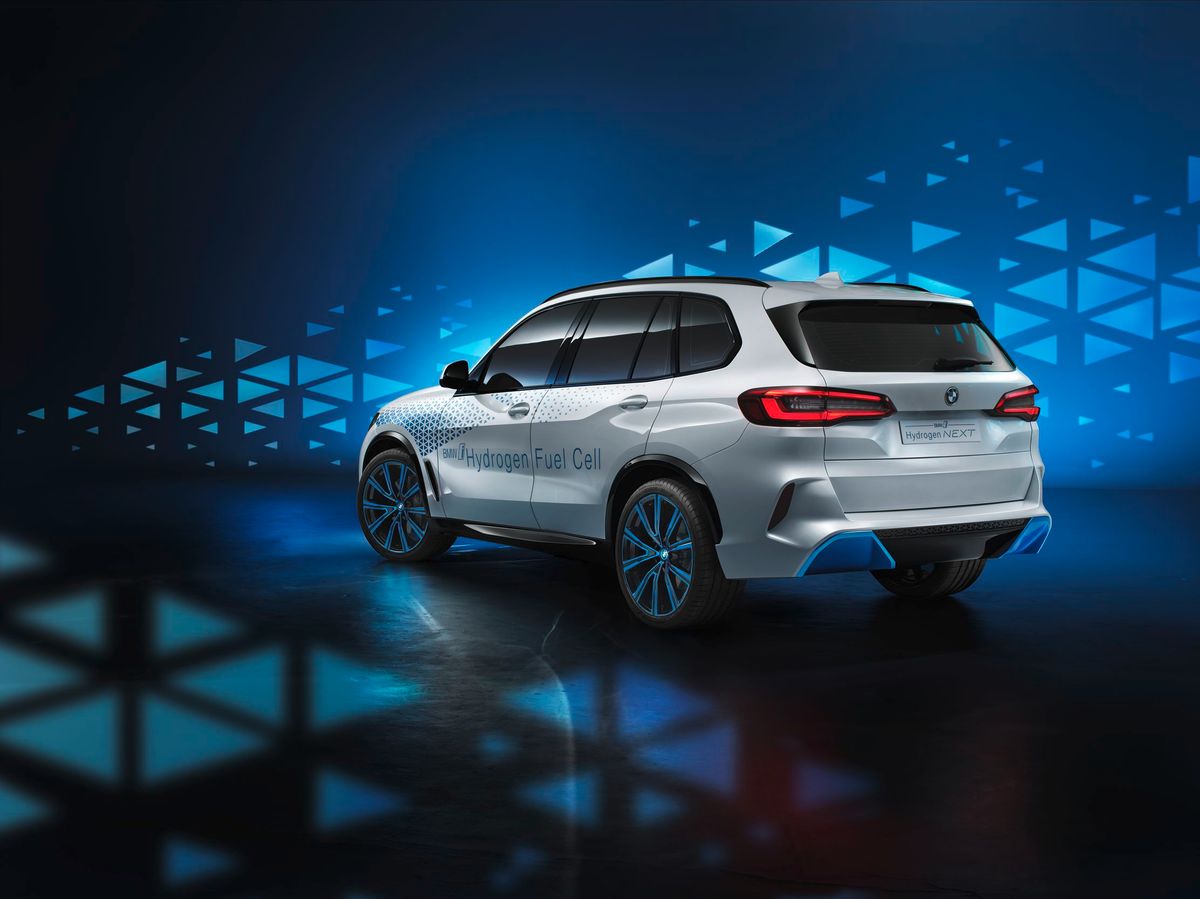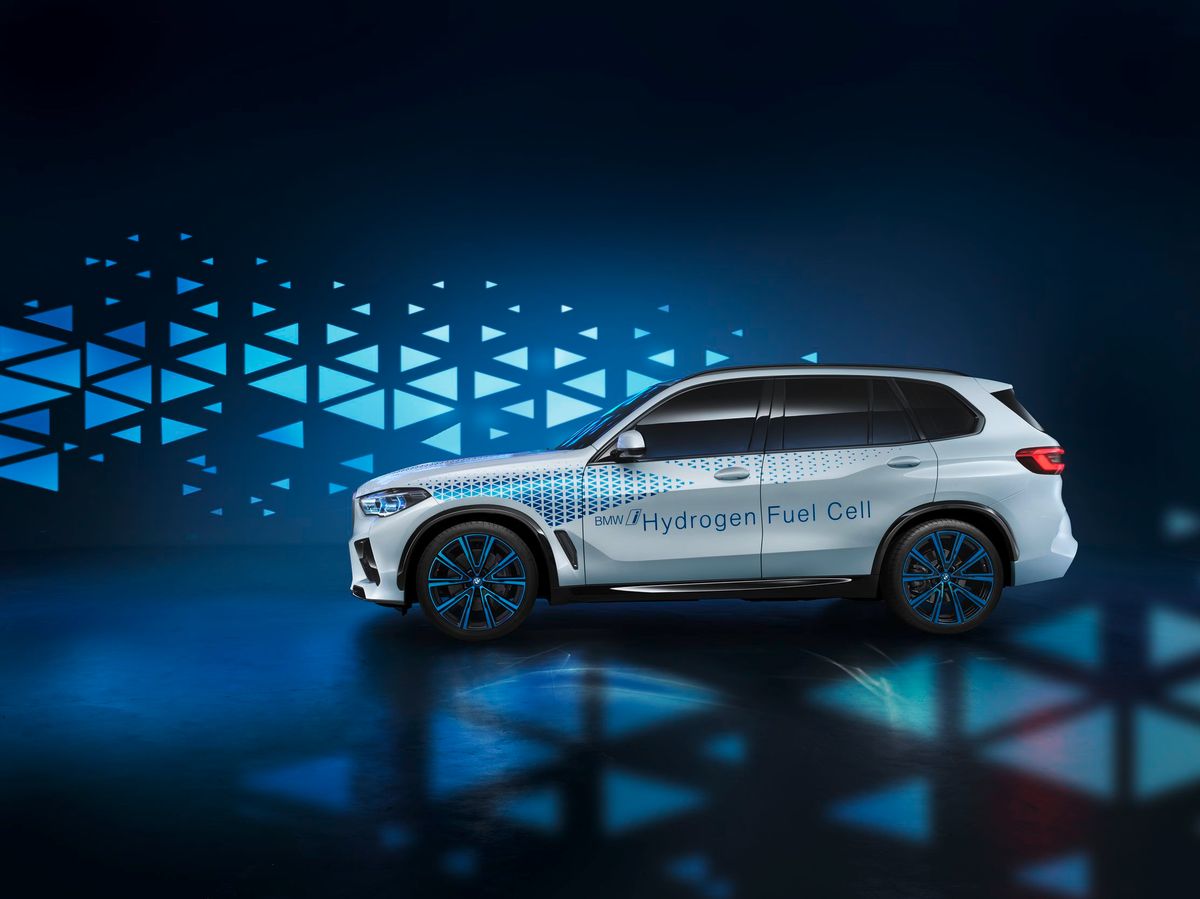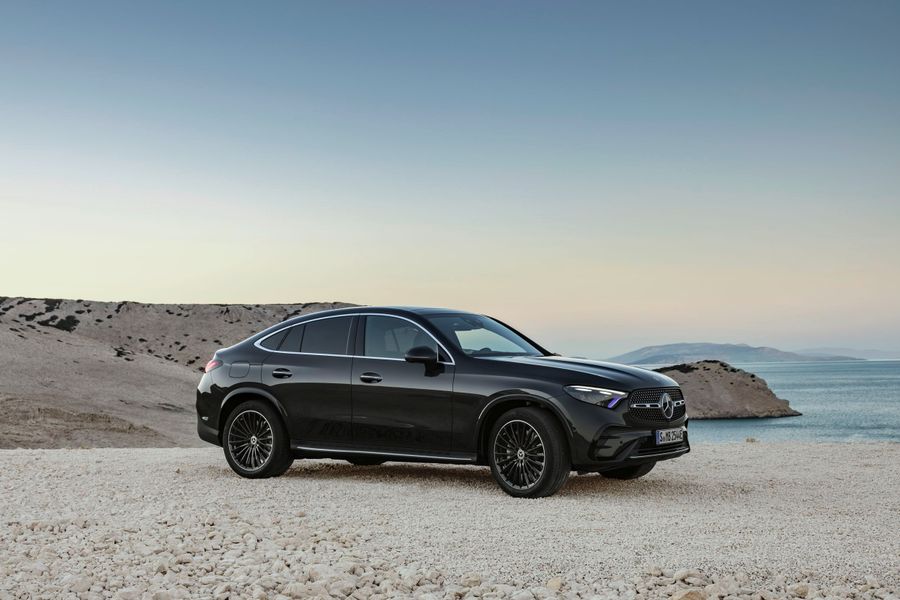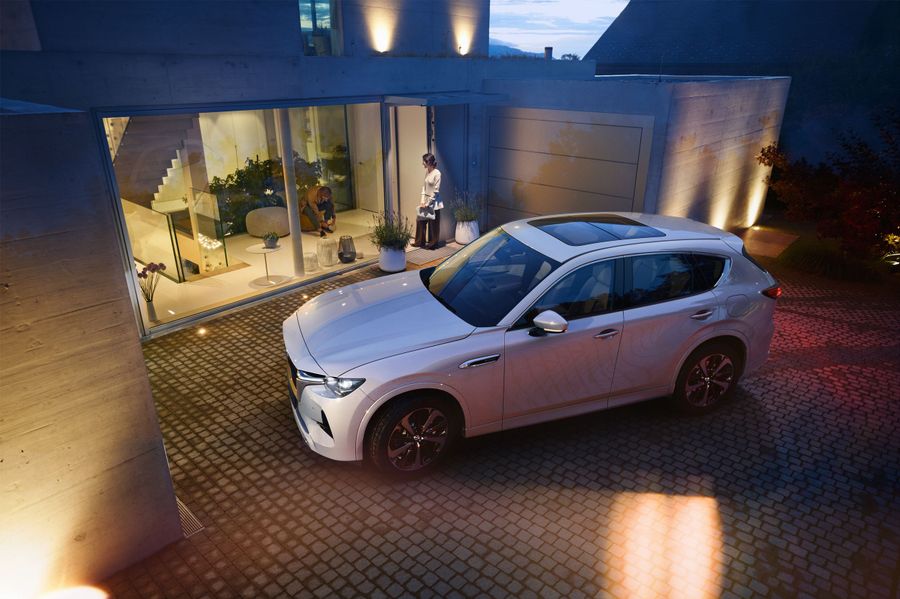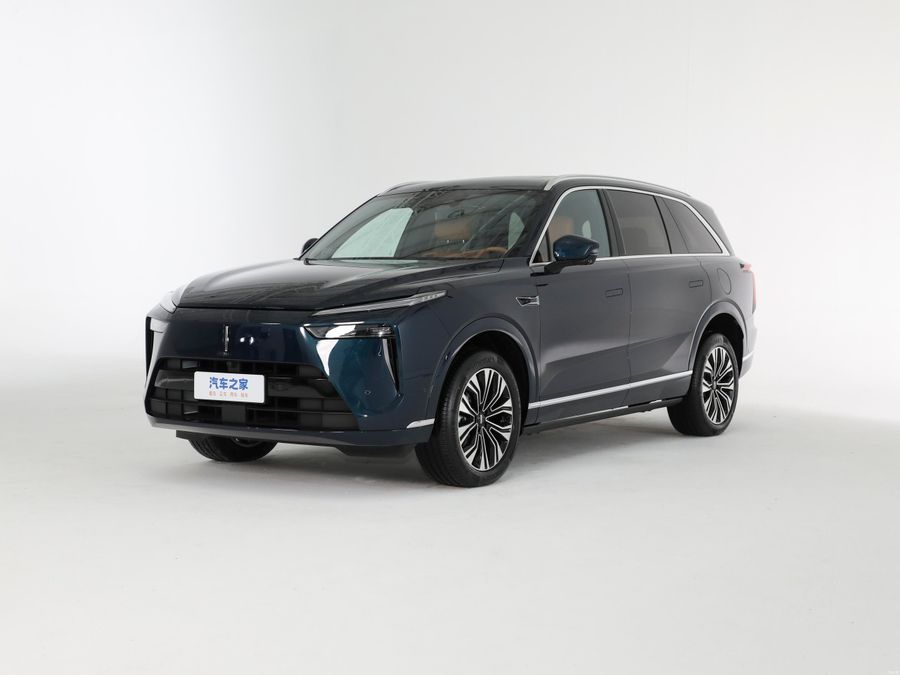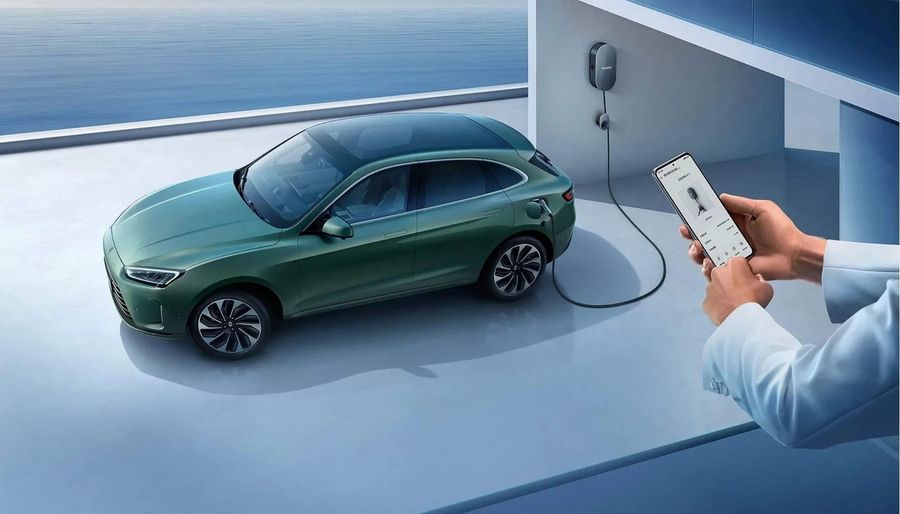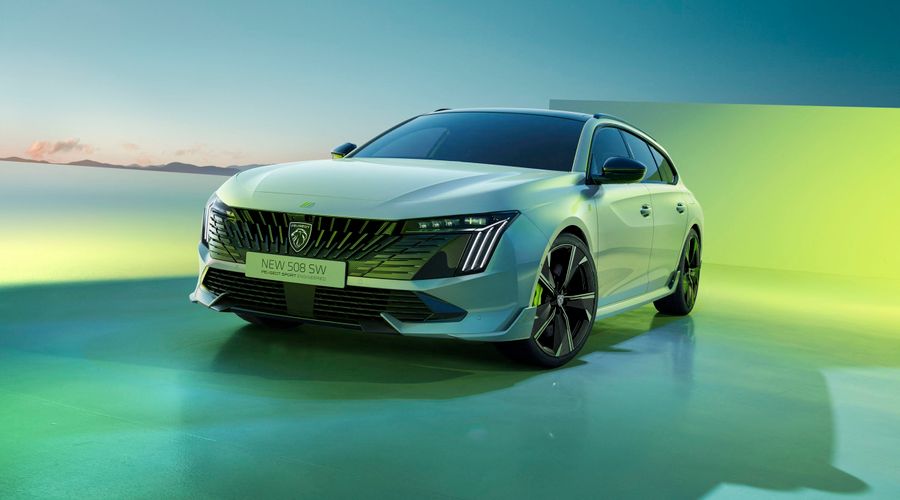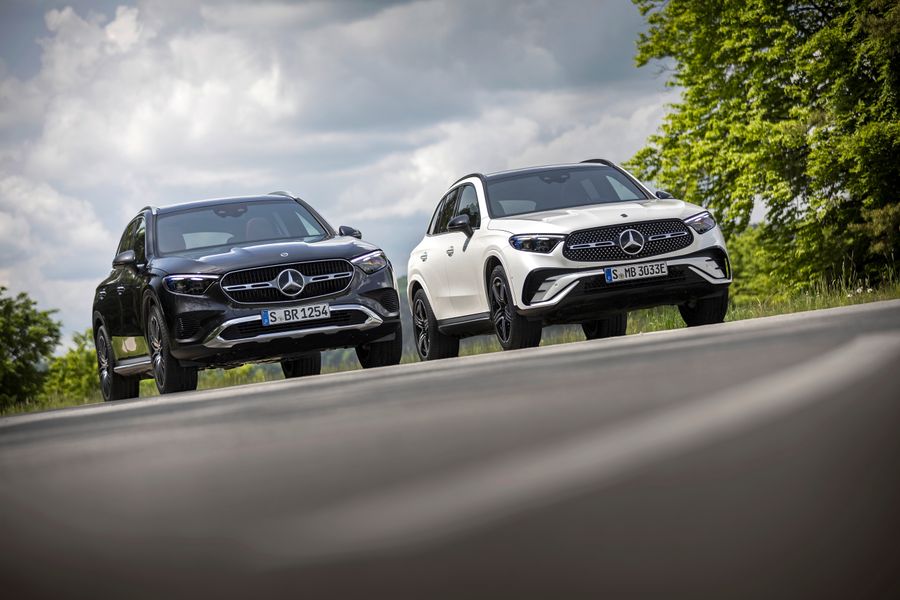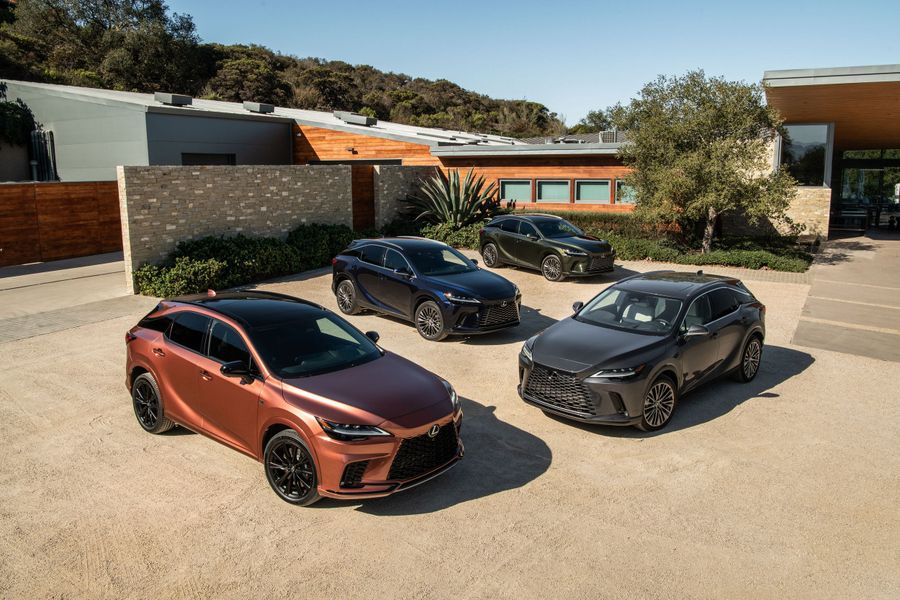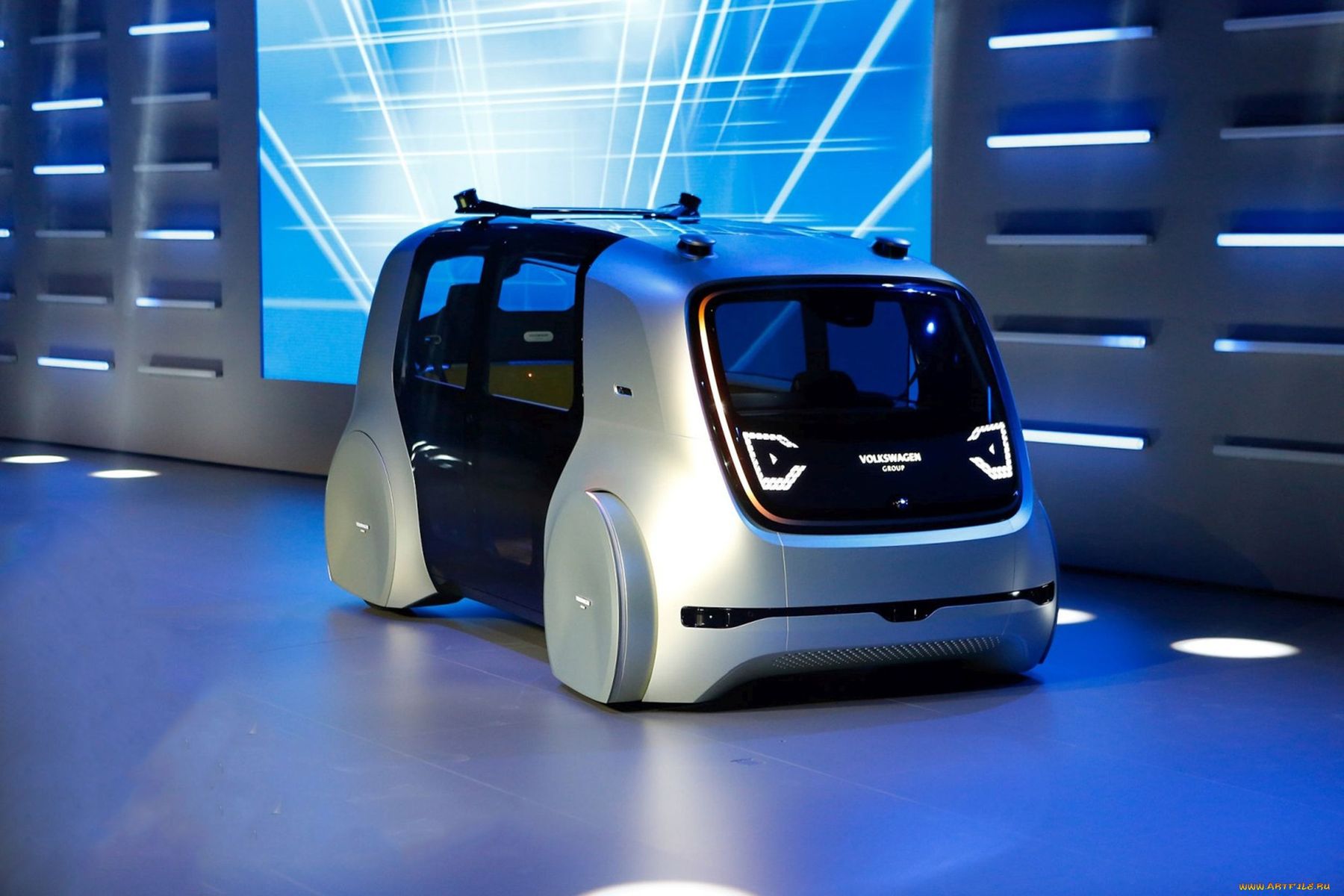
Electric vehicles. Types and differences
Everyone knows what an electric vehicle (EV) or electric vehicle (EV) is? Just in case, remember that this is a vehicle that is propelled by an electric motor powered by rechargeable batteries or other electrical energy (electricity) storage devices. This is a classic definition of electric vehicles, which have an electric motor powered by an autonomous source without fuel. But in fact, all cars equipped with an electric motor are often called electric vehicles. We want to tell you about the differences and characteristics of all types of electric transport that exist today. But first, a bit of history.
The history of electric vehicles dates back to the 19th century. It was then, in 1828, that the Hungarian Anyos Jedlik created a small car, more like a skateboard, with the very first version of an electric motor. A little later, the Scotsman Robert Anderson invented the first electric car. In 1835, the first electric car appeared, built by Dutchman Stratingh Groningen and his assistant Christopher Becker. A unit more familiar to modern man was shown to the public at the 1881 Paris Electricity Exhibition. Gustave Trouvé's electric car had a range of 36 kilometers and a top speed of 12 km/h. At the same time, in 1847, an entire locomotive was already operating in the city of Pittsburgh, which was ‘powered’ by electric current from the rails. In the 1880s, Ralph Ward launched a line of electric omnibuses in London. In 1897, electric taxis were launched in New York. In 1899, the electric car, La Pourquoi Contente, built by the Belgian Camille Jenatzy, set a world speed record of almost 106 km/h! The peak of production of electric vehicles was in 1912, in the 1920s, they were already very widely used, mainly for passenger transport.

So why did the world finally go the way of internal combustion engines? And for nearly 100 years it has forgotten its glorious electrical past? The increase in oil production, which has become affordable and cheaper, is the first reason. The invention of an electric starter for internal combustion engines, which greatly facilitated the life of the driver, is the second reason. And finally, Henry Ford, with his mass production line, which drove down the price of cars with internal combustion engines… It made the whole world forget about electric vehicles for almost a century, until Toyota introduced its hybrid Prius in 1997. A car that ushered in a new era of environmental standards and radically changed the way consumers view personal transportation.
HEV (Hybrid Electric Vehicle)
- Difference: They are charged from the fuel engine while driving
At the heart of a hybrid car is an electric motor consisting of a gasoline engine and an electric motor, which is powered by a battery that is charged by the gasoline engine while driving and by the electric motor while braking. The battery cannot be connected to external power sources. The power of the electric motor is sufficient to drive the car at low speeds, so the hybrid is particularly advantageous in the urban driving cycle.
- Representatives: Toyota Prius
The Toyota Prius, the most famous representative of hybrids, has been produced since 1997 and still remains one of the most popular in its segment. Even now, when everyone is actively producing electric vehicles, Toyota continues to commit to hybrid technologies. For example, the company recently opened access to 24,000 patents related to hybrid and hydrogen technologies. Everyone can get acquainted with Toyota developments for free. Thus, the Japanese manufacturer wants to energize the HEV market, which has recently fallen sharply.
PHEV (Plug-in Hybrid Electric Vehicle)
- Difference: They are charged from an external power source (socket) or from the motor
PHEVs are also hybrid vehicles, but unlike HEVs, the battery can be recharged from external power sources (charging station or socket), not just from the engine while the car is driving. The battery reserve of modern plug-in hybrids is quite large. Plug-in hybrids, like their predecessors, are perfect for the urban cycle. With this pace of movement, the main work is done by the electric motor, and the internal combustion engine is used to recharge the batteries.
- Representatives: Chevrolet Volt, Mitsubishi Outlander PHEV
A hybrid version of the Kangoo model, the Renault Kangoo Elect’Road (released in 2003) is generally considered the first modern car in the PHEV family. The electric car was not widely used and was only offered to companies. The second PHEV car was the Chevrolet Volt, mass-produced by GM in 2010. The Mitsubishi Outlander PHEV is the third vehicle to pioneer the era of plug-in hybrids and the world’s first SUV with such an engine.
BEV (Battery Electric Vehicle)
- Difference: ‘Pure’ electric cars, without an internal combustion engine, which charge from external energy sources
BEV vehicles only have an electric motor powered by a battery that is charged from charging stations or ordinary household sockets. Modern electric vehicles are categorized by battery capacity and range. They are quieter than conventional cars, they do not emit various harmful and polluting gases into the atmosphere from the exhaust pipes. Many new electric vehicles have a quick charge function, when in just half an hour the battery can be charged up to 80%.
- Representatives: Tesla Model 3, Tesla Model S, Nissan Leaf
The Tesla Model 3 is the best known car in this segment. It often overshadows other equally important cars, for example the Nissan Leaf, which has been successfully mass-produced since 2010. So far, Tesla vehicles are the most popular electric models in the world, but Mercedes-Benz and Audi, Volkswagen and BMW, Jaguar, Volvo and even classic American ‘fuel’ automakers such as GM are literally hot on Tesla’s heels.
FCEV (Fuel Cell Electric Vehicle)
- Difference: They are charged with hydrogen at special charging stations
FCEVs convert hydrogen energy into electrical energy. Such a vehicle is refueled with hydrogen from a special station, the principle is similar to conventional refueling. During operation, hydrogen interacts with oxygen, and as a result of the reaction energy is released, which powers the electric motor. Despite its environmental friendliness, FCEV vehicles are not that common. The first FCEV models appeared on the roads in the early 2000s. Although in the 1970s, the oil crises inspired BMW to create the first hydrogen-powered car. In 2007, the same BMW launched a limited series of Hydrogen 7 cars that could run on both gasoline and hydrogen. The Toyota Mirai (2014) has become a real production car with a hydrogen engine.
- Representatives: BMW Hydrogen, Mercedes-Benz B-Class F-CELL, Hyundai Nexo, Toyota Mirai
The current generation of FCEV has a long driving range. For example, the Hyundai Nexo travels up to 600 km on a single charge. One of the main problems with FCEVs (besides cost) is the lack of infrastructure for charging stations. For example, in 2018, the largest network of hydrogen filling stations in the United States had only 18 points. The UK offered around 16,000 electric vehicle charging stations and only 11 hydrogen car stations (data for 2019/2020). But the main problem so far remains the danger of explosion, because hydrogen is very volatile and explodes at the first spark.


